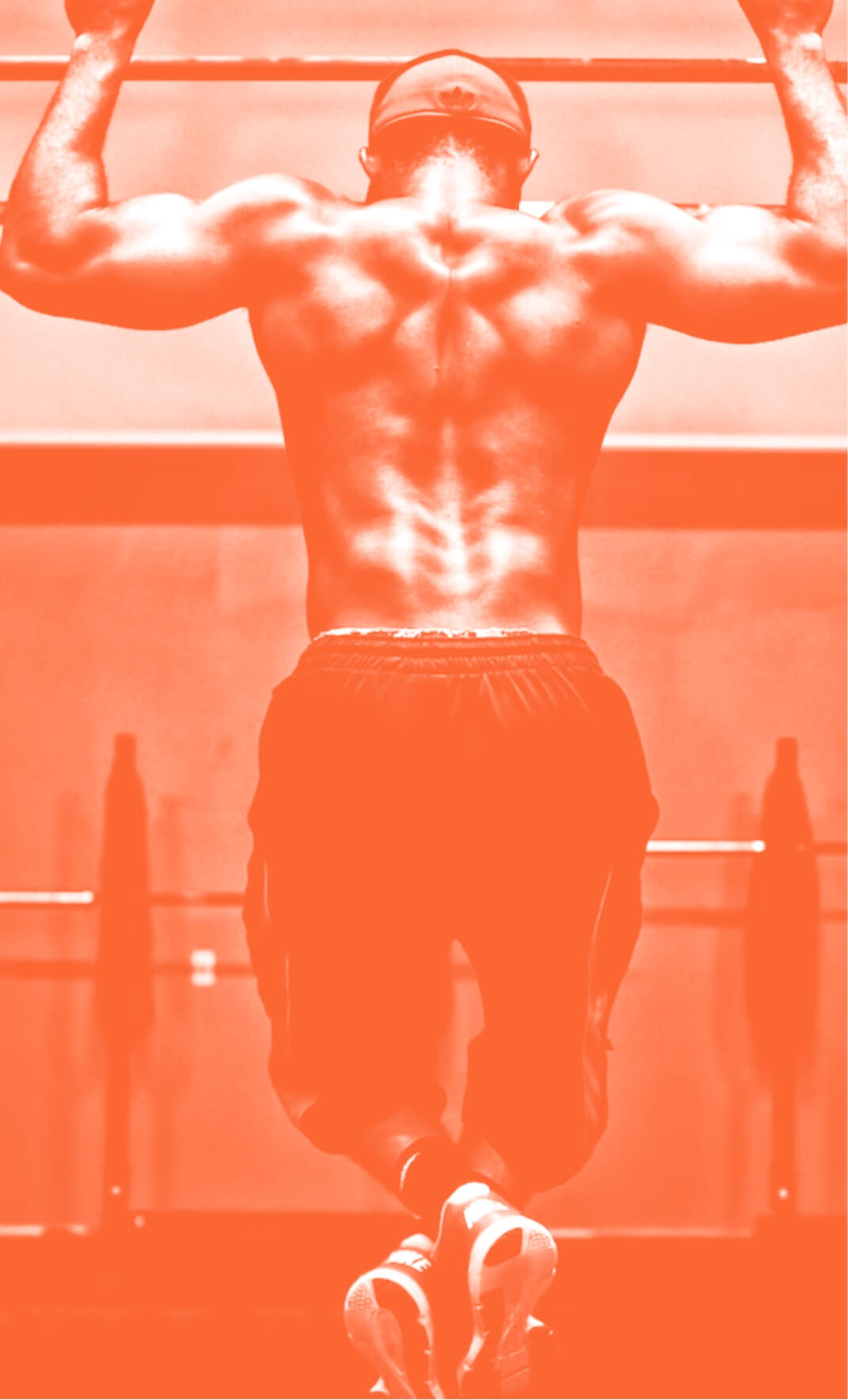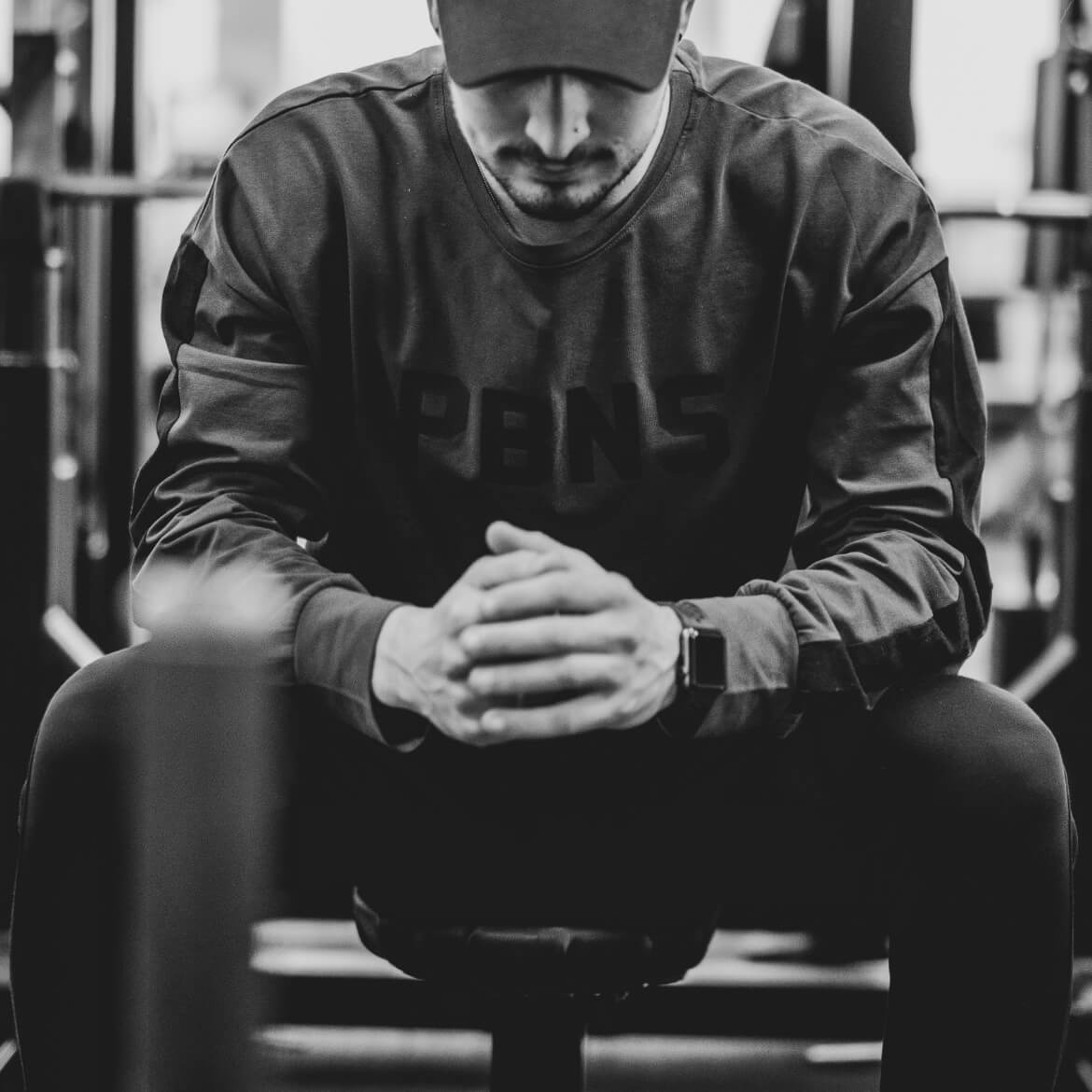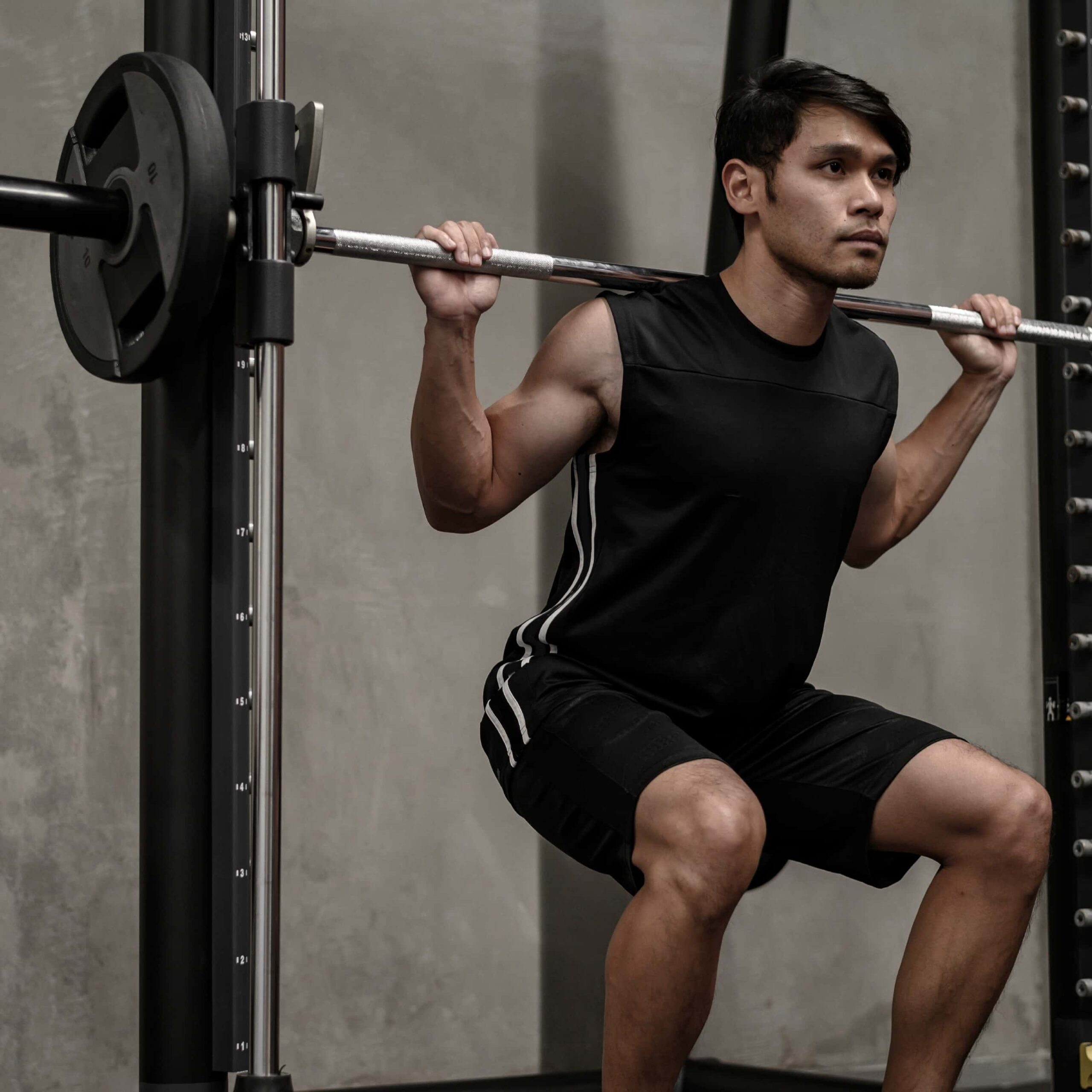What is Progressive Overload, and How Does it Work?
13th Feb 20

Progressive overload is one of the most talked-about concepts in the whole of muscle building. That’s because it’s the backbone of it all. Without it, hypertrophy struggles, and your progress is likely going to be dead in the water. It really is that important.
To really make the most of progressive overload, what it is, and how you can utilise it to its fullest potential in the long and the short term, you need to know your stuff. Stuff like this, more specifically.
We’re here with another of our awesome guides to walk you through the whole concept as concisely as possible.
Want to move fast? Jump to the right section below.
What Does Progressive Overload Mean?
What Goes into Progressive Overload?
What Does Progressive Overload Mean?

Let’s start from the top. What actually is progressive overload? What does it mean? Well, putting it as simply as possible, it means what it says. Progressive overload is based on the idea of overloading your muscles with as much stress as they can handle, gradually.
That doesn’t mean going up 1kg with every rep or anything like that (unless that’s something you’re trying). What it means is that however you’re exercising, you’re pushing your muscles to their limits more and more as your exercise/set/workout goes on. That way, at the end of it, your muscles are pretty fried, and you’re encouraging muscle hypertrophy as much as you possibly can.
It’s lifting weights to build muscle, basically.
What Goes into Progressive Overload?
Just like everything in the exercise world, now is the most important time to say that it’s not as black and white as it sounds. It rarely is. That’s because there are multiple avenues you can go down to make progressive overload happen. It’s dealer’s choice, and different methods do different things for different people. (Plus, variety maximises progress if you get it right).
There are four main categories that you can look at to achieve progressive overload:
Weight

The most commonly used example in all of this comes from weight in your workout. Generally speaking, lifting the heaviest weight that you can without losing form for a full workout is the way that we do it. That way, in 3 or 4 workouts time, you’ll probably be able to move up a weight and start the whole process again with a higher weight. You do that again and again until you’re at a place you like (or you plateau).
The remarkable thing about using a high weight for progressive overload is that it doesn’t stop with heaviness, either. There are still other ways that you can go about this too. The most significant way to look at this is through varying set styles. You can use things like drop sets, pyramid sets, and supersets… there’s a load to choose from. They all change how you use weight to cause progressive overload, so even this has a tonne of variation to help maximise your progress.
Time

In addition to how much weight that you lift, the time that you lift it for is another big player in the results of your training on progressive overload. Lifting a load of weight is always going to be useful, but doing a crazy high weight for one rep isn’t going to do too much in the long run. You need to add the time factor in there as well.
By making your workout consist of 4/5/6 different exercises, you’re hitting the same muscle in multiple ways, all at the same time. That means that the muscle group is being continuously worked for prolonged periods of time. That, too, is a pivotal factor of progressive overload if you use it well, so this is another thing you need to keep in mind.
Frequency

So now that we have weights and times involves in what we’re doing, we also need to look at the third pillar of progressive overload. That’s how frequently you’re pushing yourself to the limit. For example, one workout a month may not be the best way to make the most of your potential muscle-building, and every day is never a good call, either. You need to find the right balance.
Typically speaking, you have choices here. You can split your workouts to hit a separate muscle group every day, you can split into groups like with push pull legs, or you can hit the same muscles multiple times per week to change the game there too. That usually uses something like a compound exercise workout plan. They’re all more than useful, so it’s worth trying them all.
Intensity

Finally, the 4th significant factor in all of this is the intensity of your workouts while you’re trying to hit progressive overload. That happens for a huge range of different reasons, and a lot of the time, it comes down to your training style again as well as your form. Even changing the speed of your exercises has a dramatic impact on your results.
Time under tension is one of the biggest players in the intensity of your workouts affecting your overload. For example, lifting a huge weight by throwing it up and down, thus building momentum, will have a worse muscle contraction than lifting the weight slowly over 3-4 seconds. That’s down to the contraction being more thorough with more strain on the smile. The reverse still applies, like going faster to hit more reps. As long as your form is good, these are worth experimenting with too.
Ultimately, progressive overload is at the heart of how to build muscle, so it’s always something you should be looking at optimising. Do what you can, try as many different training styles as you can, and see which help your progress the most! Good luck!

Before beginning any exercise or nutrition program, consult your physician, doctor or other professional. This is especially important for individuals over the age of 35 or persons with pre-existing health problems. Exercise.co.uk assumes no responsibility for personal injury or property damage sustained using our advice.
If you experience dizziness, nausea, chest pain, or any other abnormal symptoms, stop the workout at once and consult a physician or doctor immediately.









